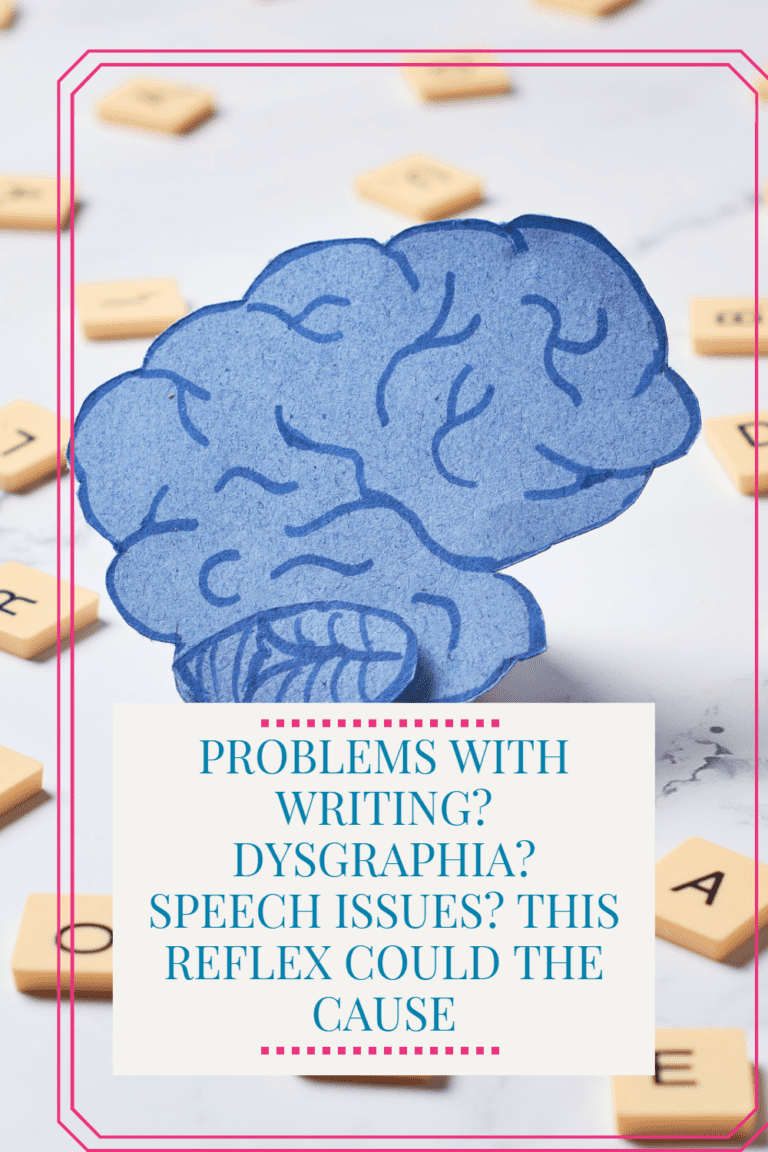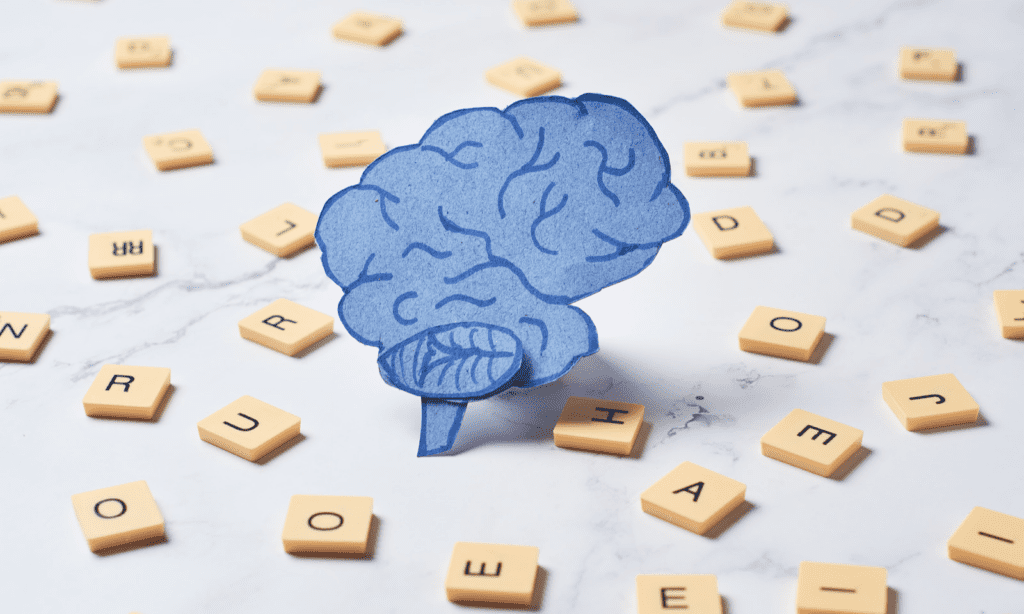Nathan was told constantly he is smart but lazy.
Part of that was true.
Nathan was smart. He could follow along in his classes and pass any test if he was asked to do it orally.
But the minute Nathan had to write – he would shut down.
His dad and teachers thought he was lazy – even stubborn.
But Nathan was neither.
He was just as frustrated with why his ‘brain didn’t work’ when it came to writing things down on paper.
It wasn’t until we determined that he had a severely retained Palmer Reflex that needed integration that things started to turn around.
It also explained Nathan’s speech issues when he was younger.
What is the Palmer Reflex?
You know that heart melting thing your baby does where they wrap their fingers around your finger so tight and you think ‘oh they already love me so much!’.
…it’s a reflex.
When you touch a baby’s palm, this will activate the Palmer Reflex. In fact, they will close their hands around any object.
The Palmer Reflex assists with bonding between mother and lays the groundwork for a motor pattern in the hands that will eventually become voluntary and more precise so your child can manipulate objects via their fine motor skills.
The Palmer reflex should integrate at around 4 months old.
What Happens When the Palmer Reflex Does Not Integrate
When this reflex does not integrate it impacts fine motor skills and sensory integration.
Poor hand-writing is a hallmark of a retained Palmer Reflex.
But it’s not just illegible handwriting, but difficulty processing thoughts and getting them on paper.
When this reflex is retained the act of processing thoughts or ideas, correct spelling as well as fine motor skills can feel like an impossible task.
If your child is able to get their fingers working independently, other muscles weaken in response.
This looks like a child slumping over their desk to write or who prefers to lay down to do homework.
How the Palmer Reflex Impacts Speech
The Palmer Reflex can impact speech since this reflex is also activated anytime your baby is sucking.
This is connected to the Babkin Reflex which is activated when the palms are touched which causes the mouth to open.
This might seem mysterious until you consider that in early infancy the hands and mouth are the main way that a baby expresses themselves and explores their world.
This is why babies are always touching stuff and putting things in their mouths.
Speech can also be impacted because of the neurological connections between the mouth and hands during infancy.
You might have seen this when your child was nursing or drinking from their bottle and their hands would clench in sync with sucking.
Problems with Fine Motor Skills Develop?
As your baby develops they should shift to a Pincer grasp where they use their forefinger and thumb which is critical for fine motor skills like buttoning and writing.
When the Palmer is retained your child might have difficulties with how they hold their pencil, utensils, scissors or button or zipper their clothing – and they might write letters backwards.
Integration of the Palmer reflex is necessary for optimal vision, hand-eye coordination as well as depth perception and directional sense.
Signs of Retained Palmer Reflex:
- Poor handwriting and/or ability to get ideas on paper
- Poor spelling
- Improper pencil grip, manual dexterity with other activities
- Child slouches when doing fine motor tasks
- Speech problems (linked to Babkin response)
- Poor visual coordination
- Challenges with directionality (left and right)
- Sticks tongue out or moves mouth while writing, cutting, drawing or doing fine motor tasks
- Dysgraphia
At-Home Test To Determine if the Palmer Reflex is Retained
One simple test to help determine if your child has a retained Palmer reflex is to have your child touch their thumb and index finger, then thumb to middle finger, then thumb to ring finger then pinky.
If they can do this easily without involving any other fingers, their Palmer Reflex is likely integrated.
A second way to know is by stroking their palm with a paint brush for art.
If they flinch, laugh or they say it tickled then it is likely retained.
Exercises to Integrate the Palmer
It’s rare that I see kids with just one or two retained reflexes so keep in mind that usually it’s necessary to do a full brain screening and to integrate all reflexes to truly address all areas of breakdown.
That being said, one place you can start making some improvements is with the sequential finger touching exercise in which your child touches each finger one at a time with their thumb.
They can work their way through each finger and thumb touching to the pinky and then back.
Once they do one hand they can do the other hand as well.
Have a child who is struggling with learning or behaviour difficulties? Learn more about our programs that address the root by booking a free Clarity Call to find out how you can help your child go from surviving to thriving.


